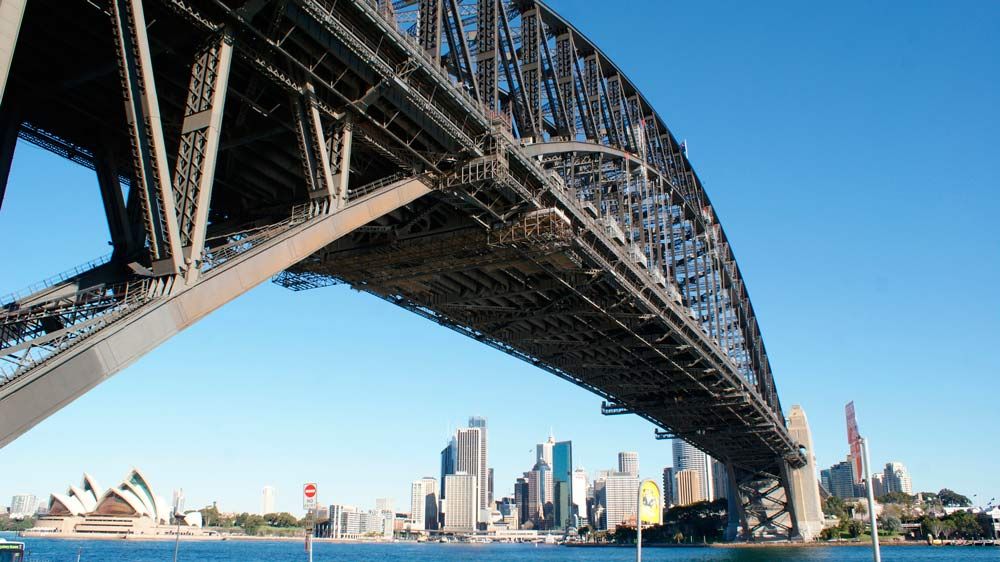
Robohub.org
Sydney Harbor Bridge gets blasted by robot

SABRE Autonomous Solutions, a spin-off from the University of Technology Sydney, is using two Schunk lightweight arms and blaster pistols to grit-blast the Sydney Harbor Bridge.
 The bridge, which spans 503 meters and has a hight of 134 meters, must be continuously maintained and corrosion protected. This includes sandblasting and repainting 485,000 sq meters of steel. The two robots, named Sandy and Rosie, tirelessly blast dirt, rust and old paint from the steel girders.
The bridge, which spans 503 meters and has a hight of 134 meters, must be continuously maintained and corrosion protected. This includes sandblasting and repainting 485,000 sq meters of steel. The two robots, named Sandy and Rosie, tirelessly blast dirt, rust and old paint from the steel girders.
“Due to the fatigue while sandblasting, even experienced workers are unable to achieve such consistent results [as has been the result of the robots doing the blasting],” said Greg Peters, SABRE Engineering Design Manager. “And operating the system could not be simpler: the lightweight robots are manually positioned on a simple rail system. They they automatically scan the steel structure generating a 3D map. Then the work begins.”
Bridge sandblasting used to require teams of up to three workers hanging and otherwise moving in ergonomically unfriendly postures. With the SABRE bridge blasting robot, one operator controls and monitors up to two robots. Once a robot finishes a segment, the control worker takes the blaster gun and completes any remaining detail work. Replaced workers perform other maintenance tasks thereby speeding up the overall project. The use of the robots during a 2013 test cycle reduced the number of accidents and downtime due to sickness and injury/rehab time.
SABRE is working on a variation of the bridge grit-blaster robot – a mobile blasting robot – which will be available later this year in Australia. It’s plug and play; weighs less than 65 kg; has embedded control systems; can be fitted to scissor lift or other mobile devices; works together with multiple robots; and is narrow enough to fit through a standard doorway.
SABRE plans to begin marketing their bridge-blasting and mobile blasting systems later this year in Australia and early 2015 in the U.S. and EU.

tags: c-Industrial-Automation


